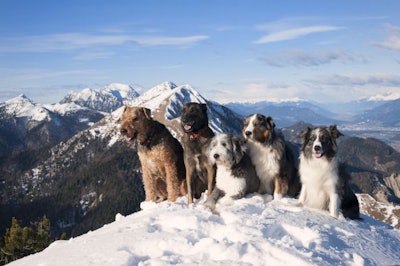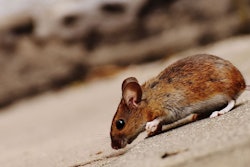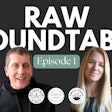
In the report “Top 10 Global Consumer Trends 2022,“ the five trends most related to pet food involved changing retail sources, ethical aspects of purchasing, wellness and e-commerce for seniors. Market research firm Euromonitor International’s analysts examined the potential for various cultural phenomenon to influence consumers’ buying tendencies, especially the effects of the pandemic, in the report. Along with the five pet food customer trends discussed below, the authors reviewed innovations in payment and finance, the rise of the metaverse, the rural urbanite movement and the conflicting needs for socialization and safety.
Five pet food consumer trends
Backup Planners – Pet owners may have faced shortages of their preferred brands during the supply chain disruptions of the pandemic. Some of these dog, cat and other pet owners may now seek creative alternatives or similar options for preferred brands, a group Euromonitor labeled as Backup Planners. Likewise, pet food makers and their suppliers may be looking for the equivalent solutions to their own logistics problems.
Local sources have grown in prominence. Both consumers and producers look to secure materials with less chance of disruption than an item shipped from far away.
Contrarily, online commerce also grew as pet food buyers looked to the internet for brands that had disappeared locally.
Backup Planners take advantage of both of these retail trends to secure products that they fear may become scarce. Direct-to-consumer, subscription pet food retail sales may have benefitted from this. While supply chains may stabilize this year, shopping habits likely have become ingrained.
Climate Changers – After a brief respite in pollution levels during the early pandemic, environmental exploitation often went unchecked as COVID-19 stopped patrols for poaching and illegal logging, halted inspections and in general drew the attention of the world elsewhere. At the same time, natural disasters exacerbated by climate change, such as wildfires, hurricanes and floods, ravaged people’s homes and natural landscapes.
Euromonitor forecast that a wider range of consumers may increasingly consider sustainability issues in their purchases, especially the carbon footprint of companies. In their survey, 78% of professionals thought that climate change would influence consumer behavior and preferences. Sixty-seven percent of consumers in another survey stated that they had tried to have a positive effect on the environment through their purchases.
Digital Seniors – The coronavirus SARS-CoV-2 proved particularly deadly to seniors. Older consumers were obliged to stay home, which pushed them towards online retailers and social media. For older pet owners this may mean greater importance of online retailers like Chewy.com and Amazon, or of direct-to-consumers pet food sales. Pet food brands may need to focus online strategies to facilitate the needs of older consumers, especially considering that age group also dominated the highest income group in Euromonitor’s analysis. Easy, straightforward digital interfaces may help pet food brands tap into the Digital Seniors trend.
The Great Life Refresh – The drastic alterations forced by the pandemic may have influenced pet owners to make dramatic reassessments of their own values, lifestyles and goals. Euromonitor analysts believe this provides an opportunity for products that help people meet their own potential and fulfill their values. Adopting pets has been part of this shift in values.
Pet food companies may have opportunities with products that encourage interaction with dogs, cats and other animals, such as treats. Pet food products that facilitate active lifestyles and travel, such as pet meal bars, may also appeal to pet owners looking to experience more in life.
Self-Love Seekers – Not hedonism, so much as epicureanism, self-love seekers aim for a balance of acceptance, self-care and social inclusion, but not un-sustainable excess. Reducing stress and attending to one’s own wellbeing have become stronger motivators than conspicuous consumption for people following this trend.
For pet owners this could translate into increased focus on the health aspects of a pet food beyond nutrition.

















